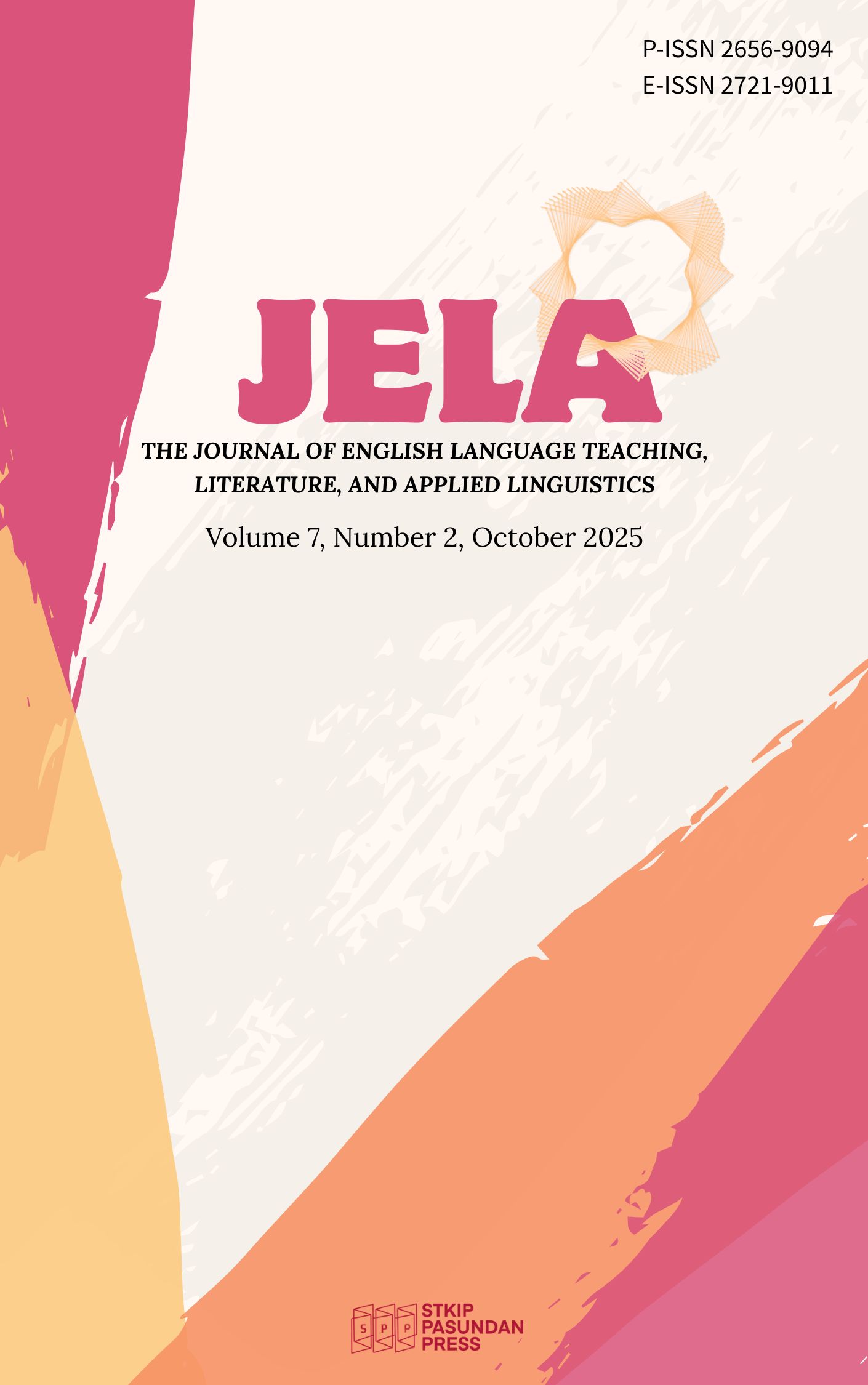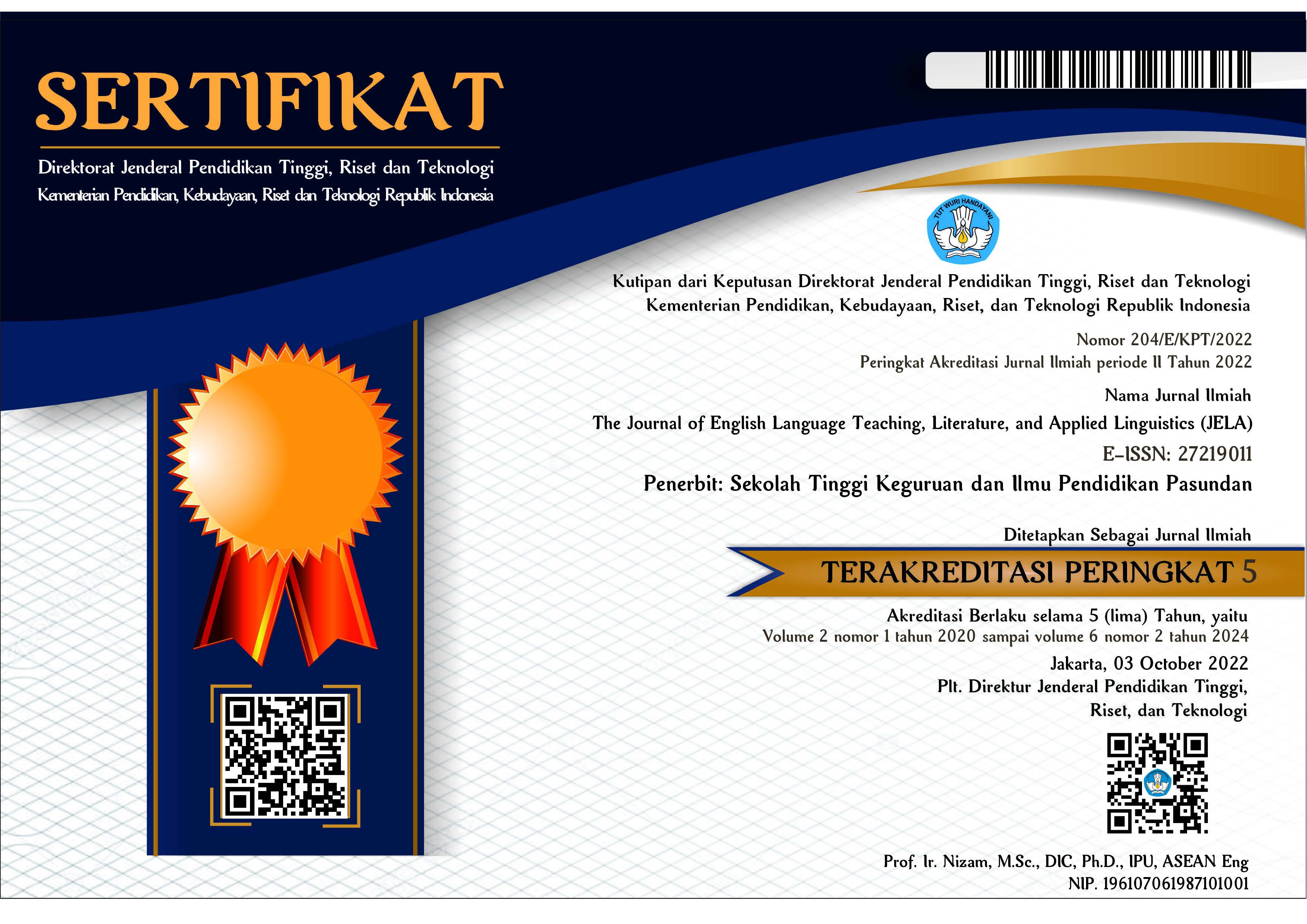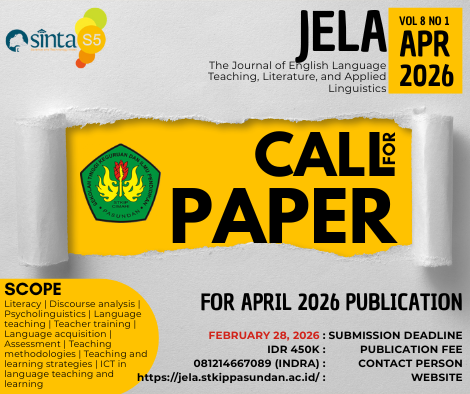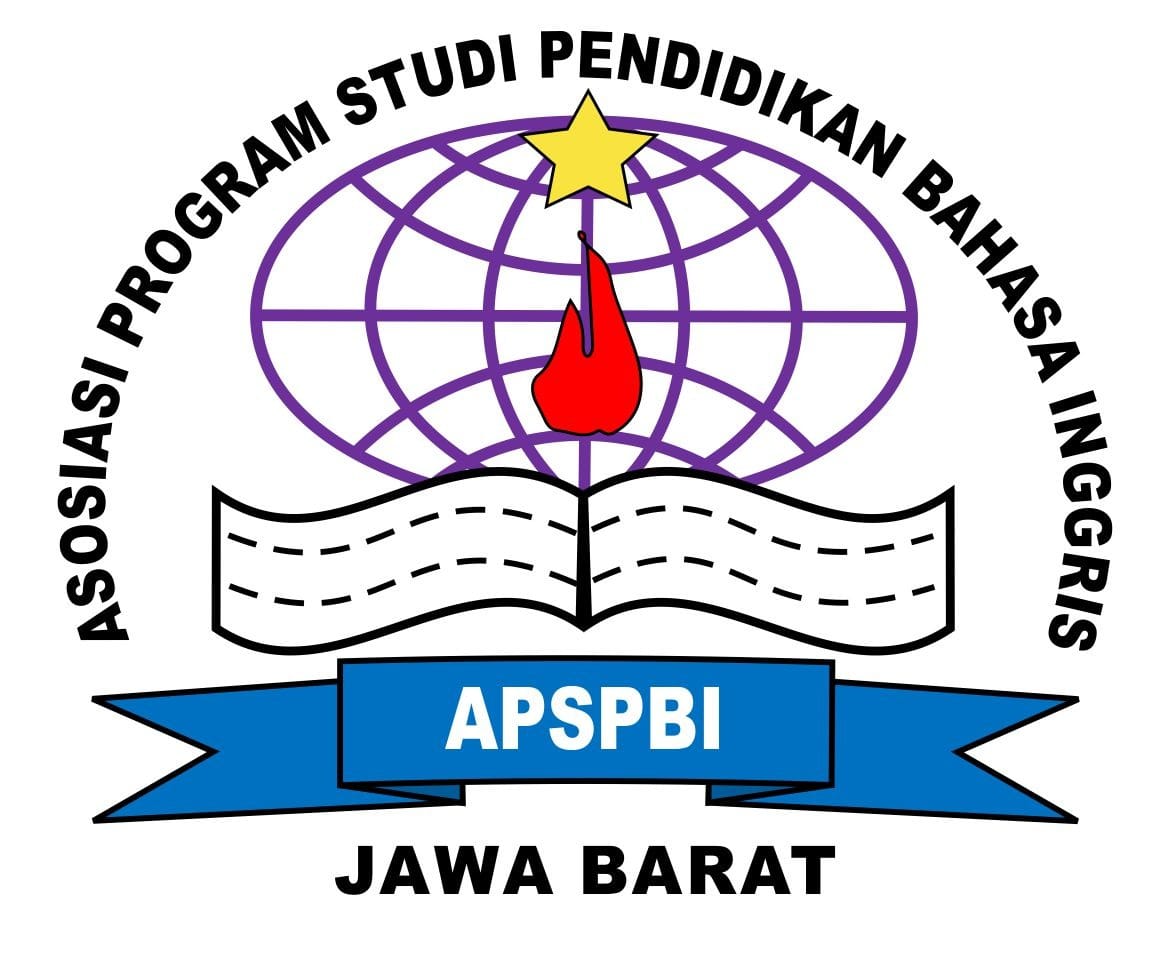EVALUATING THE USE OF DIGITAL TECHNOLOGY FOR ENGLISH CLASSROOMS IN PRIMARY EDUCATION
DOI:
https://doi.org/10.37742/jela.v7i2.170Keywords:
Evaluation, EFL learning, digital technology, TPACKAbstract
In the 21st century, digital technology is becoming increasingly important in everyday life. Likewise, in the learning process in primary schools, technology has become an essential tool to support and improve the quality of education. However, the use of digital technology in education has not shown consistently good effectiveness, especially in English as a Foreign Language (EFL) classrooms. This study aims to assess the effectiveness and identify the challenges and barriers of using technology in EFL learning in primary schools. The research method used is a mixed method with a sequential explanatory strategy. The results showed that 55% of digital technology use was considered effective, and 50% of teachers reported using digital technology several times a week. The most commonly used tools included laptops, projectors, and internet access, though usage patterns varied. Challenges frequently faced by teachers include limited access to devices, unstable internet connections, insufficient training, and lack of technical support. Despite these issues, many teachers demonstrated initiative and creativity in utilizing available resources, though their strategies often lacked structured pedagogical alignment. The findings highlight the importance of professional development focused on the Technological Pedagogical Content Knowledge (TPACK) framework, which supports teachers in integrating technology meaningfully within EFL instruction. While the overall use of digital technology in primary school learning has reached a moderately effective level, targeted support is needed to help educators align digital tools with language learning goals, especially in under-resourced settings. Addressing these gaps will enable more impactful and inclusive integration of digital technology in EFL education.










